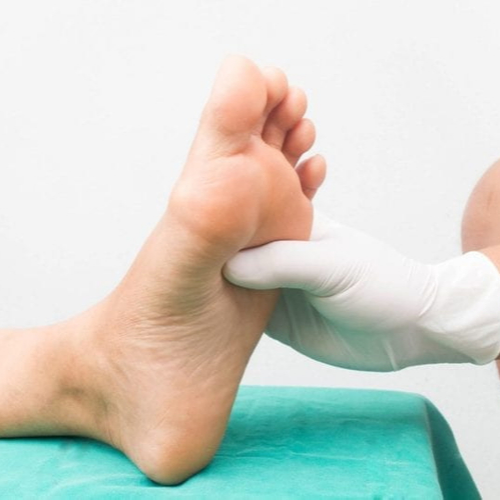Type 2 diabetes occurs when there is too much glucose (sugar) in the bloodstream. Although an essential part of our diet, when consumed too often and too much our pancreas, which makes insulin cannot make enough to maintain blood glucose levels within the ideal range. Insulin is needed to allow glucose from the bloodstream to enter the body cells and used for energy. Therefore, if there is too much glucose in the bloodstream, enough insulin is not produced, resulting in high blood glucose levels.
There are several symptoms associated with type 2 diabetes. If you suspect you may suffer from more than one of these, please consult your doctor.
- Being thirsty and drinking more than usual
- Going to the toilet to pass urine more frequently
- Feeling tired and no energy
- Blurred vision
- Sores or cuts that will not heal
- Itching and skin infections
- Pain or tingling in the legs or feet
The most common symptom people with type 2 diabetes suffer from is pain or tingling in the legs or feet. This is most commonly known as Diabetic Foot Syndrome or defined by the World Health Organisation, as an “ulceration of the foot associated with neuropathy and different grades of reduced blood flow and infection.”
Foot problems occur because of poor blood glucose control. It can affect the nerves in the legs/feet, resulting in numbness, tingling pain, or a burning feeling. Because these symptoms cause a loss of sensation in the legs, it is hard to determine if an injury has occurred, meaning any ulcers that could have developed may result in infection.
Inadequate blood supply to the legs and feet can also be caused by insufficient blood glucose control. People may experience sharp leg cramps after walking, pain in the feet; even when rested, feet looking a reddish-blue colour and cuts that struggle to heal.
Prevention
Knowing the risks that are associated with type 2 diabetes and taking care of your legs/feet can prevent serious problems like ulcers and amputation. Some preventive measures you can take into account include;
- Wash and dry them every day. Check for swelling, redness, cuts and blisters. However, if you are unable to do so, get someone to check for you.
- Cover feet with a clean sock or stocking. Don’t wear any socks or stockings too tight.
- Wear well-fitted shoes that support the foot and ankle
- Have your feet checked at least once a year by a health care professional
- Moisturise daily. We always recommend our Diabetic Foot Cream as it contains no ingredients already abundant in diabetic skin. (e.g. sugar, sorbitol, glycerol) The cream aids in the early detection of triggers and the prevention of severe infections and amputations associated with Diabetic Foot Syndrome. It contains specific hydrating ingredients targeted to diabetic prone skin that increases skin hydration. It also contains essential fatty acids and antioxidants that help protect and support the structure of the skin and help to stimulate healthy skin metabolism.





